Error 401: Gender Unauthorised
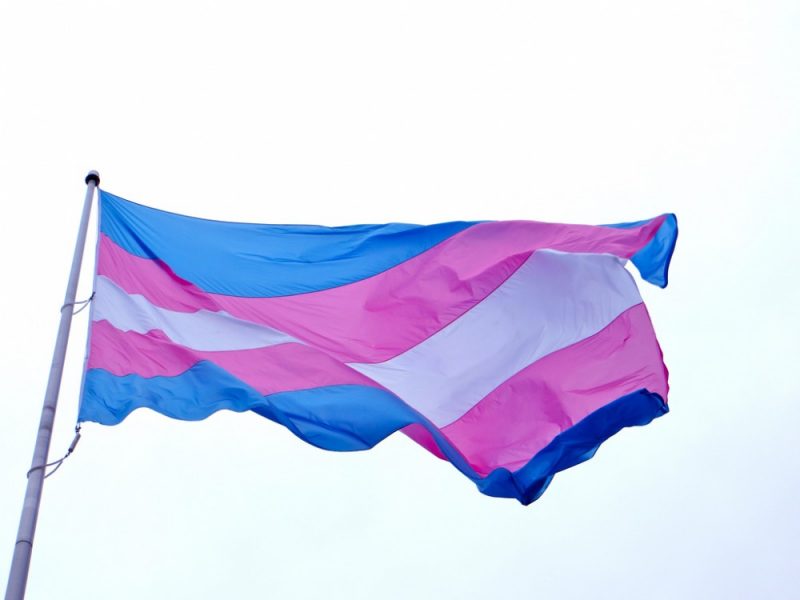
It was Pride Month recently – a month-long celebration of LGBT+ people, their culture and their lives. Didn’t hear of it? That’s expected. “Queer rights” and “queer pride” are concepts that have just began picking up steam in the country. There are a lot of rising initiatives, like our own campus’ panel discussion with members of the LGBT community. Yet, disappointingly few Indians openly give a damn about queer people, or even know about queer people at all.
Many of us don’t really know much about LGBT people, do we? Okay, maybe the L and the G and the B are a little easier to understand – some girls want to date girls, some boys want to date boys, some people want to date more than one gender. Easy enough.
But when it comes to the last letter in the four-letter acronym, confusion and offensive stereotypes abound. Here are some of the reactions I’ve gotten when trying to talk about trans people:
“Oh, transgenders? Those people who go around on trains asking for money?”
“But how can you identify as a gender? Isn’t that really sexist?”
“Even I like girly stuff, but that doesn’t mean I’m a girl.” (Quote by a boy.)
“Are you crazy!?”
Imagine if most of the world didn’t even know people like you exist, and the rest thought of you as stereotyped caricatures. Imagine having to undergo the painstaking, risky process of “coming out” every time you wanted to talk about yourself. Imagine that the entire world thought of you as a boy when you’re a girl, or as a girl when you’re a boy, and correcting people got you angry reactions, mockery, harassment and discrimination.
They say that people hate what they don’t understand. So this article is going to try to make you understand trans people, and hopefully lessen the discrimination.
[media-credit name=”The Transgender Pride Flag (credit: crwflags.com)” align=”aligncenter” width=”800″] [/media-credit]
[/media-credit]
‘Trans’ Gender – What Does It Mean?
The simplistic picture of gender that we were taught in school was: chromosomes determine your sex, XX chromosomes mean woman, XY chromosomes mean man, and gender is equal to sex is equal to chromosomes is equal to genitals is equal to hormones. A man has testosterone as his dominant sex hormone, XY chromosomes, and secondary sexual features like facial hair and broad shoulders, whereas a woman has estrogen as her dominant sex hormone, has secondary sexual features like breasts and wider hips, a vagina and uterus, and XX chromosomes. And gender? We weren’t taught anything about gender at all – male sexual features meant man, female sexual features meant woman, and anything out of the norm meant things that we weren’t supposed to talk about.
It’s not that simple.
Since time immemorial, people have been assigned a particular gender label at birth. And some people have grown up with gender labels that felt wrong, a body that felt wrong, whose bodies changed during puberty in ways that horrified them. People who looked in the mirror and couldn’t understand their appearance, who heard the words “male” or “female” applied to them and couldn’t identify with it.
Different cultures have had different names for people like this – the Native Americans called them “Two-Spirits”; the Indians, “Hijras”. One popular name for people like this is transgender.
Transgender people experience a dual suffering – suffering due to societal discrimination, and suffering due to being born in a body that’s at odds with their internal identity.
Transgender people vary widely in their relation to gender. Some are men who had the misfortune to be born in a female-typical body. Some are women who had the misfortune of being born in a male-typical body. Some are in-between, both, or none. Nonetheless, one experience that most transgender people will share is a feeling of wrongness, distress and discomfort with their body, social role and assigned gender – known in medical terms as “gender dysphoria”.
Gender dysphoria – what is it?
Gender dysphoria, or Gender Identity Disorder, is medically defined as the distress experienced when one’s gender does not match with the one assigned at birth. But while that definition accurately encompasses a sterile, academic view of gender dysphoria, it doesn’t say much about what gender dysphoria actually feels like.
Gender dysphoria is an intense feeling of wrongness with one’s self and body. It is the pain of looking at people of the other sex, and wanting to be like them, but knowing that you can’t. It is a distress that arises when you know that you’re supposed to be a man, and are supposed to identify with other men, but when you think of yourself all you can really see is a woman… or vice-versa for trans men. It is the feeling that a trans man gets when people automatically group him with women, and he thinks, “I don’t belong here”. It means not identifying with any aspect of your assigned gender. Trans people often feel disconnected from and uncomfortable with the gendered aspects of their bodies – a trans man, for instance, might feel disgust at developing breasts, or at other “feminine” features of his body. They often feel disconnected with the social aspects of their gender – being socially recognised as “male” and referred to as “he” would make a trans woman feel dysphoric, as these things, though small, indicate that the image others have of her is different from her true self. And, perhaps most importantly, they don’t identify with the mental aspect of their gender – a trans person, internally, will feel like the gender they are, and not the one society has assigned to them.
On the other hand, the happier part of the trans experience is identifying wholly with the gender you know you are, and feeling a sense of happiness, a sense of finally feeling comfortable in your body, and of finally feeling comfortable with yourself when you take steps to realise your gender identity.
Transgender people experience a dual suffering – suffering due to societal discrimination, and suffering due to being born in a body that’s at odds with their internal identity.
The Science Of Being Transgender
So now we come to the questions that so many people have asked me. How? How can one be transgender? What causes someone to identify as transgender? How can a transgender person exist? Do transgender people exist? Do we exist? What does existence mean anyway?
Initially, the phenomenon of being transgender was looked at from a psychological perspective – psychologists and psychiatrists hypothesized that being transgender was a mental disorder, and that transgender people were the way they were due to upbringing, trauma, or a variety of other wild and stereotyped causes. The research done from these perspectives laid the groundwork for early treatments, but most of it is criticised today.
Many older theories relied on the assumption that gender means conforming to gender roles. A popular impression of trans people is that they are simply tomboys, or feminine men. The experience of being trans does not simply consist of not following the gender roles of one’s assigned gender. Indeed, not all trans people follow the gender roles of their gender. Both feminine trans men and masculine trans women exist. Thus, it is clear that there’s a deeper, more fundamental component to gender identity.
Numerous studies have shown that transgender people tend to have brain structures that are more typical to that of their identified gender than the gender they were assigned at birth – even when controlled for the effects of hormone therapy.
In modern times, the transgender phenomenon is studied from several perspectives – psychological, endocrinal, neurological and biological. Despite that, there is no scientific consensus on the possible causes of being transgender. However, there is a lot of research on the topic that provides answers to some preliminary questions.
First and foremost, is gender identity genetic, or environmental? One classic way to test genetic influences against environmental influences is twin studies. Genetic traits are more likely to be expressed in both identical twins – who have the same genetic background and are raised in the same environment – than in both fraternal twins, who are raised in the same environment but have different genetic backgrounds. Several studies have shown that identical twins are more likely to both be transgender than fraternal twins, indicating that transgender identity, in all likelihood, has some genetic component.
Popular culture often talks about “male” and “female” brains. While there’s no evidence to support the idea of a conspicuous, behaviour-changing difference between the brains of male and female people, there are certain structures in the brain that, on average, are dimorphic between the sexes. Numerous studies have shown that transgender people tend to have brain structures that are more typical to that of their identified gender than the gender they were assigned at birth – even when controlled for the effects of hormone therapy.
Based on these and other studies about the biological underpinnings of gender identity, scientists have hypothesized that being transgender could possibly be caused due to factors in fetal development. However, the research on that is still pending, much like rights for transgender people.
So What Do Transgender People Do?
So, what does a transgender person do? How do they live their lives? What happens when they realise they’re transgender? Do they all get… you know, the surgery?
Many trans people take steps to realise their gender identity. This may or may not involve: changes in appearance, changes in clothing, changing one’s name and legal gender marker, hormone therapy (testosterone for trans men, estrogen and an androgen suppressor for women), chest surgery (breast removal for men, breast augmentation for women), and/or bottom surgery to alter the genitals. Some people take all of these steps. Some take a few, some leave out a few. Certain trans people cannot undergo sex-alteration treatments because of medical issues. For others, financial circumstances – which tend to be poor for trans people – prove to be the limiting factor. It also depends on the person’s support circle, and most of all, their personal choices.
Every person has a different journey. Some people have journeys that are more different than others, because of the way they were born. Nonetheless, differences exist to be understood and celebrated, not hated.
Sources:
- On “both genders” – A study on bigender people: http://www.sciencedirect.com/science/article/pii/S030698771200062X?via%3Dihub
- A review of the case studies on transgender twins: Heylens G, De Cuypere G, Zucker KJ, et al. Gender identity disorder in twins: a review of the case report literature. J Sex Med. 2012;9(3):751-757.
- Brain structure studies of transgender people:
- https://academic.oup.com/jcem/article-lookup/doi/10.1210/jcem.85.5.6564, https://academic.oup.com/cercor/article/18/8/1900/285954/Male-to-Female-Transsexuals-Show-Sex-Atypical
- www.journalofpsychiatricresearch.com/article/S0022-3956%2810%2900158-5/abstract
- https://www.ncbi.nlm.nih.gov/pubmed/7477289
- https://www.ncbi.nlm.nih.gov/pubmed/18980961
Transgender people are a complex and diverse group, and this article covers only a small component of trans experiences. I’ve not spoken much about the experiences of non-binary, genderqueer, and third gender people—people who identify as neither male nor female, but as between the genders, none, or both. Only a small reference to bigender people has been added. There is much more to the diversity of experiences grouped under the trans umbrella, and this article only attempts to roughly cover one section of trans experiences and the research conducted on it.

 The Mess-y Situation
The Mess-y Situation  Ping! merges with Blogs@IIIT
Ping! merges with Blogs@IIIT 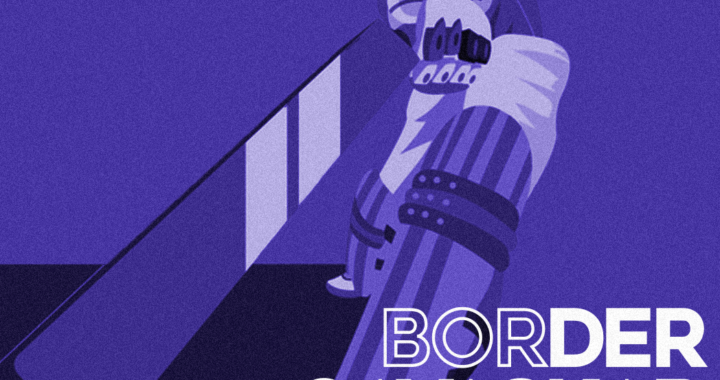 Cricket Corner: Looking Ahead to the Border-Gavaskar Trophy (Pt III)
Cricket Corner: Looking Ahead to the Border-Gavaskar Trophy (Pt III) 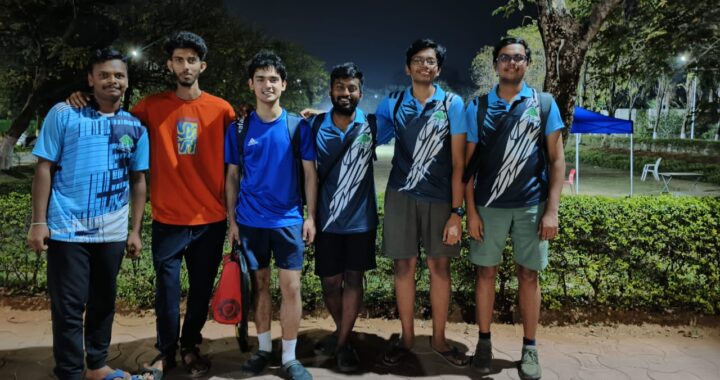 A perspective on sports in IIIT
A perspective on sports in IIIT 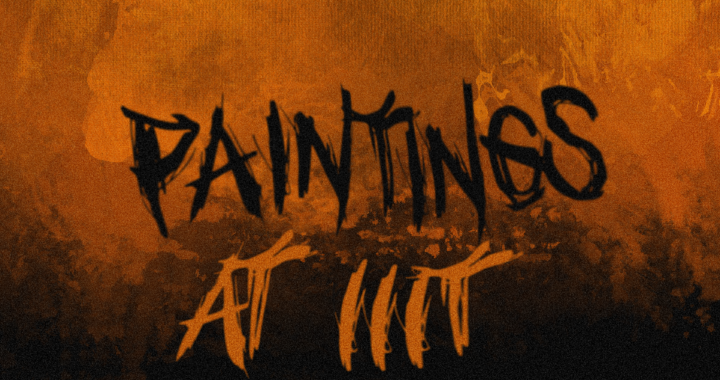 Paintings of IIIT
Paintings of IIIT 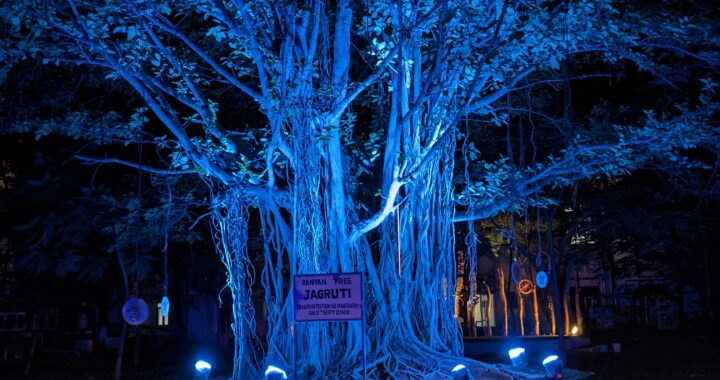 The Tale of Jagruti
The Tale of Jagruti  Cleaning up the Mess?
Cleaning up the Mess?